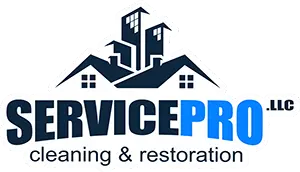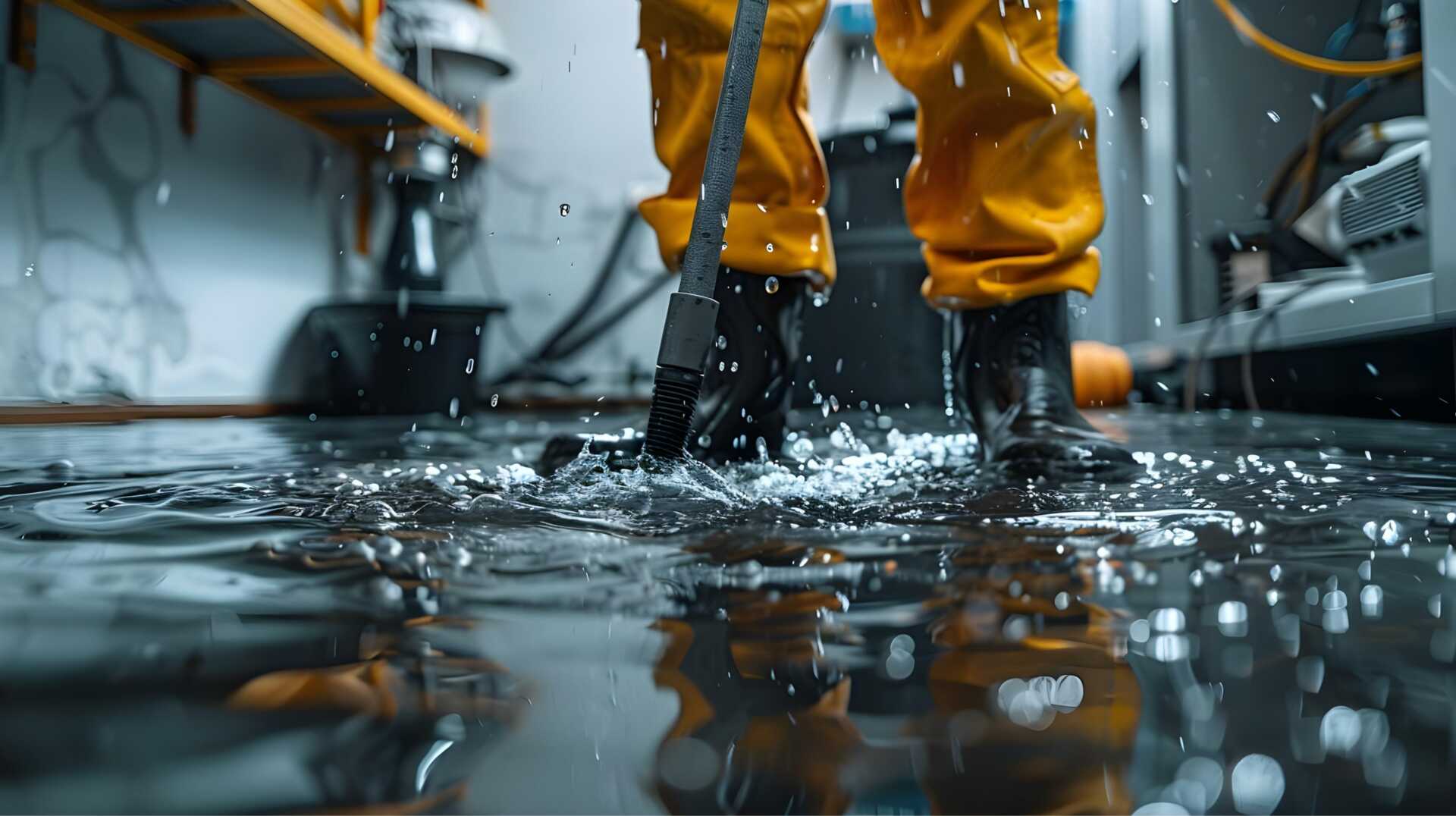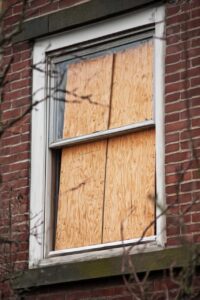When severe weather strikes, immediate storm damage water removal services become essential to protect your property and health. These services involve swift action to assess and extract water and dry affected areas. Understanding the processes and techniques involved can make a significant difference in your recovery. So, what exactly do these services entail?
Key Takeaways
- Immediate storm damage water removal services provide quick response to mitigate water damage and prevent further structural issues and mold growth.
- These services typically include water extraction using pumps and wet/dry vacuums to efficiently remove standing water.
- Professionals assess the extent of water damage, identifying hidden moisture pockets that may require attention to prevent future problems.
- After water removal, they employ drying techniques such as fans and dehumidifiers to eliminate residual moisture promptly.
- Engaging with these services often assists with insurance claims by documenting damage and mitigation efforts effectively for property owners.
Understanding Storm Damage and Water Removal
When storms strike, the aftermath can leave your property vulnerable to significant water damage, making prompt removal essential. You may not realize the extent of the storm’s impact until you see standing water or dampness. This moisture can lead to structural issues and mold growth if not addressed quickly.
Understanding the importance of water recovery is critical to safeguarding your home and health.
First, assess the damage and identify areas where water has pooled. It’s imperative to act swiftly, as the longer water sits, the greater the risk of deterioration.
Utilize specialized equipment for effective extraction and drying. This process removes visible water and helps prevent hidden moisture from causing long-term harm.
The Importance of Immediate Response
As storms can release unexpected chaos, responding immediately to water damage is vital for protecting your property. When you face water intrusion, a swift emergency response is essential. Delaying action can lead to extensive damage, escalating repair costs, and potential health hazards from mold growth.
By conducting a quick assessment of the situation, you can identify the source of the water and the areas affected. This assessment allows you to prioritize your efforts and implement effective removal strategies. Engaging professional water removal services ensures that you’re addressing the visible damage and mitigating hidden issues that could compromise your home.
Your timely response fosters a sense of security and belonging within your community, emphasizing that you’re taking charge in challenging situations.
Types of Water Damage Caused by Storms
When storms hit, various types of water damage can occur that you need to be aware of.
Flooding and inundation can overwhelm your property, while wind-driven rain may seep through vulnerable areas like windows and doors.
Additionally, roof and structural leaks can lead to significant interior damage if not addressed promptly.
Flooding and Inundation
Storms can release devastating flooding and inundation, leading to various types of water damage that affect homes and businesses alike. Understanding the flood risk and inundation impact can help you better prepare for potential damage. Here’s a quick overview of the types of water damage you might face:
| Type of Damage | Description |
|---|---|
| Structural Damage | Compromised foundations and walls |
| Mold Growth | Excess moisture promoting fungal growth |
| Electrical Damage | Short circuits and appliance malfunctions |
| Contamination | Polluted water affecting health and safety |
Recognizing these risks can empower you to take proactive measures. Immediate storm damage water removal services are essential to mitigate these impacts and protect your property.
Wind-Driven Rain Damage
Wind-driven rain can cause significant water damage to properties, often infiltrating areas that would typically remain dry.
When strong winds propel rain against your home, the wind impact can force moisture into vulnerable spots, leading to rain penetration that may compromise your walls, windows, and foundations.
You mightn’t realize the extent of the damage until it’s too late. This type of water damage can foster mold growth, cause structural issues, and undermine your property’s integrity.
It’s vital to act swiftly in such situations. By seeking immediate storm damage water removal services, you can mitigate the effects of wind-driven rain, protect your home, and restore your peace of mind.
Your belonging deserves to be safeguarded against nature’s forces.
Roof and Structural Leaks
As heavy rain pours down, the risk of roof and structural leaks increases considerably, potentially leading to extensive water damage within your home.
Roof leaks can develop from weakened shingles, compromised flashing, or clogged gutters, allowing water to infiltrate your living space. This can threaten your home’s structural integrity, resulting in buckling walls, mold growth, and costly repairs.
It’s crucial to act swiftly when you notice any signs of leaks or water stains on ceilings and walls. By addressing these issues immediately, you protect your home and ensure a safe and comfortable environment for your loved ones.
Trusting professionals for water removal and repairs helps restore your peace of mind and reinforces your home’s resilience against future storms.
Emergency Water Extraction Techniques
When faced with unexpected flooding, knowing effective emergency water extraction techniques can make all the difference in mitigating damage.
First, establish emergency protocols to ensure everyone’s safety. If possible, turn off electricity and gas supplies to prevent hazards.
Next, start water salvage by using a wet/dry vacuum to remove standing water. This is vital as it helps minimize moisture levels quickly. For smaller areas, towels or mops can aid in absorbing excess water.
If you encounter persistent moisture, consider using fans and dehumidifiers to expedite drying. It’s important to monitor the environment closely, as lingering dampness can lead to mold growth.
Remember, time is of the essence; the sooner you act, the better the chances for successful water salvage.
Following these emergency water extraction techniques protects your property and fosters a sense of community as you take proactive steps to ensure safety and recovery.
Equipment Used for Water Removal
Effective water removal relies heavily on the right equipment, which can greatly enhance the efficiency of the extraction process. Utilizing the appropriate pump types and vacuum equipment is crucial for successful storm damage recovery. Here’s a quick overview of the equipment commonly used:
| Equipment Type | Purpose |
|---|---|
| Submersible Pumps | Ideal for deep water removal |
| Trash Pumps | Handles debris-laden water |
| Wet/Dry Vacuums | Efficient in smaller areas |
| Portable Extractors | Quick extraction for carpets |
| Dehumidifiers | Reduces humidity post-extraction |
Choosing the correct tools speeds up the water removal and minimizes damage to your property. Relying on these specialized tools ensures a more effective and thorough recovery process, giving you peace of mind during a challenging time.
The Role of Water Damage Restoration Professionals
Water damage restoration professionals play an essential role in mitigating the effects of storm damage on your property. When disaster strikes, you need skilled experts to assess the situation quickly and effectively. They understand the complexities of water damage and how it can compromise your home’s structure and safety.
These professionals utilize advanced techniques and equipment to begin the recovery process as soon as possible, minimizing further damage. They’re trained to identify hidden moisture, which can lead to mold growth if not addressed.
Furthermore, restoration specialists work closely with you, making sure you feel supported and informed throughout the process. They document damages for insurance claims, helping you navigate the often stressful aftermath of a storm.
Steps Involved in the Water Removal Process
Although storm damage can be overwhelming, understanding the steps involved in the water removal process can empower you to take action promptly.
Here’s a straightforward guide to help you navigate this vital situation:
Assessment: Inspect the affected areas to determine the extent of the water damage. This initial evaluation is essential for effective storm damage prevention.
Water Removal: Utilize appropriate water removal techniques, such as pumps and vacuums, to extract standing water efficiently. Time is of the essence here, as faster removal reduces further damage.
Drying and Dehumidification: After the bulk of the water is removed, use fans and dehumidifiers to dry out the remaining moisture. This step helps prevent mold growth and long-term structural issues.
Preventing Mold Growth After Water Damage
After water damage, acting quickly is vital to prevent mold growth in your home.
Employing effective drying techniques and ensuring thorough inspections can greatly reduce moisture levels that foster mold.
Regular maintenance will help you stay ahead of potential issues, safeguarding your property in the long run.
Importance of Swift Action
When you experience water damage, acting quickly is essential to prevent mold growth that can jeopardize your health and property.
Swift action helps protect your living environment and enhances your storm preparedness and flood mitigation efforts.
Here are three reasons to act fast:
Health Risks: Mold can lead to respiratory issues and allergic reactions, impacting your family’s well-being.
Property Damage: The longer water sits, the more damage it can cause to your home’s structure and furnishings.
Cost Efficiency: Early intervention often means less extensive repairs, saving you money in the long run.
Don’t wait for mold to take hold; prioritize immediate response to safeguard your home and loved ones.
Effective Drying Techniques
To effectively prevent mold growth after water damage, it’s crucial to implement efficient drying techniques as soon as possible.
Start by using dehumidification techniques to remove excess moisture from the air. Portable dehumidifiers can work wonders, especially in enclosed spaces.
Next, ensure proper air circulation by opening windows and using fans to direct airflow throughout affected areas. This combination of moisture removal and air movement will help accelerate the drying process.
Don’t forget to check hidden spaces, like behind walls and under floors, where moisture can linger.
Regular Inspections and Maintenance
Regular inspections and maintenance play an essential role in preventing mold growth after water damage. By committing to routine checks, you can identify and address potential issues before they escalate.
Here are three proactive measures you can take:
Inspect for Moisture: Check areas prone to dampness, like basements and bathrooms, for any signs of moisture accumulation.
Clean Gutters and Downspouts: Ensure water flows away from your home to prevent leaks and water pooling.
Monitor HVAC Systems: Regularly service your heating and cooling systems to prevent moisture buildup and ensure proper air circulation.
Insurance Considerations for Storm Damage
Understanding insurance considerations for storm damage is essential, especially since timely action can greatly affect your claim process.
Start by reviewing your policy coverage to determine what’s included regarding storm damage. Many homeowners are surprised to find that certain types of damage, like flooding, may not be covered under standard policies.
After a storm, document the damage thoroughly with photos and notes, as this can strengthen your insurance claims.
Contact your insurance provider as soon as possible to report the damage and begin the claims process. Be prepared to provide evidence of both the damage and any immediate actions you took to mitigate further loss, such as water removal services.
Long-Term Solutions for Storm Damage Recovery
While immediate water removal services are essential after a storm, long-term recovery requires a thorough approach to restore your property and prevent future issues.
Effective long-term planning focuses on sustainable recovery strategies that address current damage and enhance a property’s resilience against future storms.
Here are three key steps to take into account:
Structural Assessment: Have professionals evaluate your property’s integrity to identify vulnerabilities and make necessary repairs.
Waterproofing Solutions: Invest in waterproofing measures like drainage systems or sealants to minimize water intrusion during future storms.
Landscaping Adjustments: Alter your landscaping to manage water flow effectively, using native plants that can withstand extreme weather conditions.
Final Thoughts
In the grand scheme of homeownership, who wouldn’t want a surprise indoor swimming pool courtesy of Mother Nature? But let’s be real – if you’re not diving into fun, you need immediate storm damage water removal services. Don’t let your home become a breeding ground for mold or a structural hazard. Act fast, and save your sanity (and your investment) from the whims of bad weather. After all, water belongs in lakes, not in your living room!




